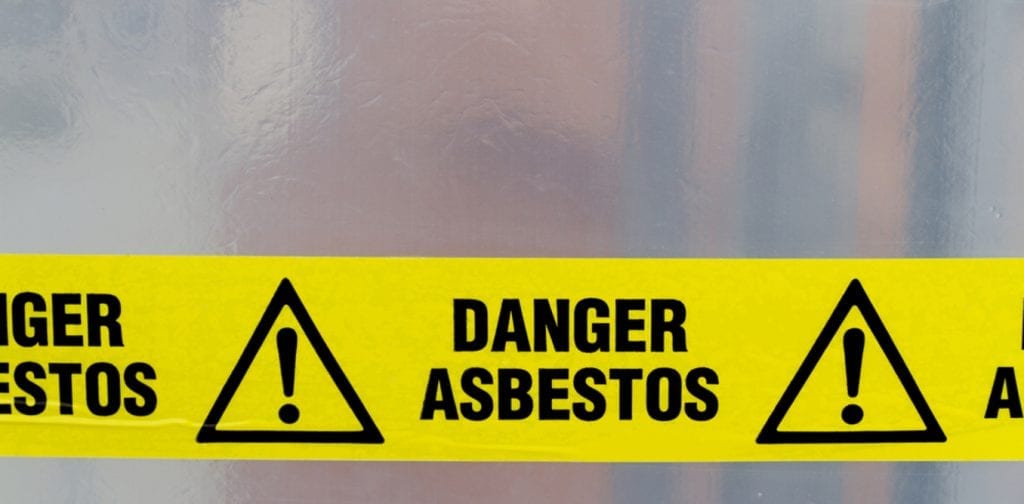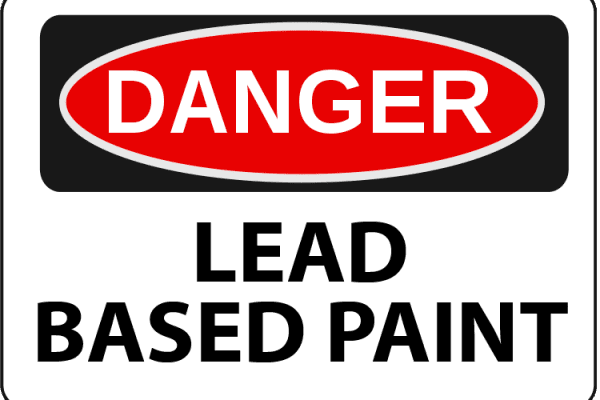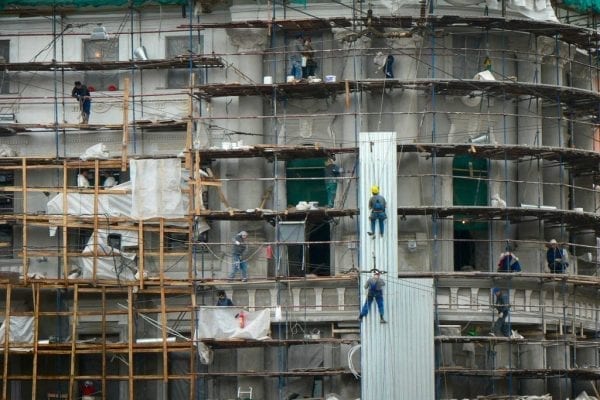In the wake of a disaster, the priority on everyone’s mind is getting back to normal as quickly as possible. For catastrophe response contractors, this means their primary focus is on getting their clients back in business and their buildings back to standard occupancy.
Unfortunately, the understandable focus on speed can be disastrous when hidden dangers are overlooked, and one of the most commonly overlooked hazards is asbestos. One reason for this oversight is the misperception that asbestos is an “old building problem.” In reality, although some applications of asbestos were outlawed in the 1980s, many applications are still in use in construction, and may be present in any building of any age.
In fact, the list of places you might find asbestos, even in newer buildings, is stunning:
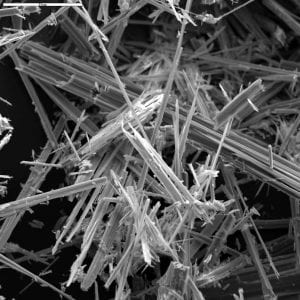
- Sprayed coatings
- Insulation
- Wall partitions
- Cement roofs
- Gutters and downspouts
- Door panels
- Ceiling tiles
- Floor tiles
- Textiles and textile coatings
- Furnishings
When renovations or demolition are planned, an asbestos survey is required to identify and remediate these hazards. In the event of a catastrophe, however, some of these materials may already be disturbed before you even get on site. Rushing in to repair damage under these conditions creates three potential and significant dangers.
One: Exposing Workers to Asbestos
When disturbed, asbestos circulates in the air. Its fibers are inhaled, and aggravate the lungs, causing a range of symptoms from shortness of breath to a crackling sound in the lungs. Long-term exposure leads to asbestosis, a serious, chronic illness due to scarring of the lungs caused by these fibers.
Fires, hurricanes, and other catastrophes can disturb building materials and cause asbestos to become airborne. This can expose catastrophe response teams to unacceptable levels of asbestos, leading to potentially serious health outcomes.
Two: Exposing Occupants to Asbestos
Even when the catastrophe itself doesn’t disturb asbestos, the work that is done to bring a building back to occupancy can. This airborne material can settle onto surfaces and become a hazard for occupants after they move back into the building. In some cases, asbestos dust can sit idle for years or decades before a previously idle space is opened up and reoccupied, thus exposing workers and occupants to hidden danger.
Three: Exposing Contractors to Liability
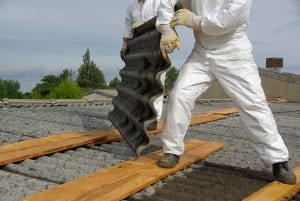 While health concerns are obviously the most important danger of asbestos, the truth is that contractors can be held liable for not taking proper precautions when dealing with asbestos. Any time potentially asbestos-containing materials are disturbed, contractors should seek a properly licensed asbestos consultant to perform an asbestos survey and obtain samples. If they fail to do so, and asbestos is later discovered, they are legally responsible for any damage that is done.
While health concerns are obviously the most important danger of asbestos, the truth is that contractors can be held liable for not taking proper precautions when dealing with asbestos. Any time potentially asbestos-containing materials are disturbed, contractors should seek a properly licensed asbestos consultant to perform an asbestos survey and obtain samples. If they fail to do so, and asbestos is later discovered, they are legally responsible for any damage that is done.
There are no exceptions to federal mandates for asbestos precautions. They are covered under the Clean Air Act, specifically under the National Emission Standards for Hazardous Air Pollutants (NESHAP), as well as under OSHA and other regulations.
Fortunately, it’s not hard to avoid these dangers. Contractors can partner with a licensed asbestos consultant to ensure their projects are always handled safely. Look for a firm with experience in catastrophe response, that has both local and regional resources to get on site quickly and clear the way for your team to do its job efficiently and safely, as well as the regulatory experience to navigate federal, state, and local rules for safe handling.
You can also learn more about asbestos myths versus reality here.

